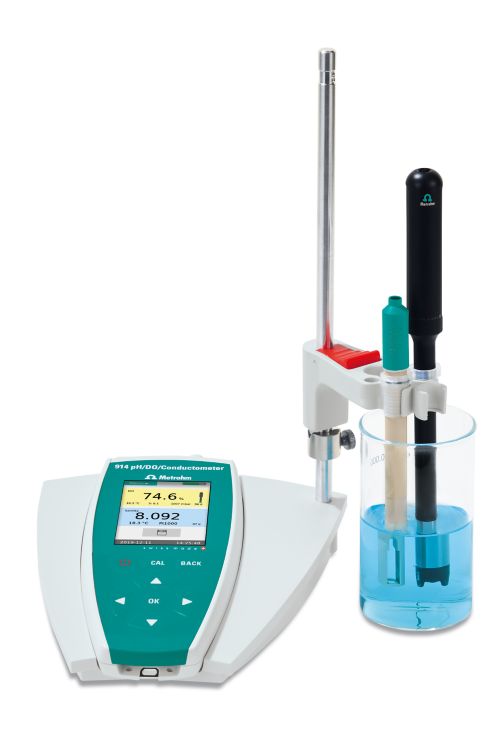Dissolved oxygen (DO), incorporated into juices during processing, affects quality parameters of the beverage during storage such as Vitamin C concentration, color, and aroma. Vitamin C (ascorbic acid) is irreversibly oxidized to dehydroascorbic acid in the presence of oxygen. The speed of degradation depends on temperature, exposure to light, and pH value. Aside from the destruction of vitamins and other antioxidants by oxygen, a browning of the juice is a further possibility.
Various oxygen removal methods are used during juice production, such as vacuum-deaeration (vacuum on product to release dissolved oxygen) or gas sparging (replacing O2 with another gas, such as N2) to increase product quality and extend shelf life. However, these methods have the drawback that the aroma might be affected since the volatile compounds are also removed. In some cases, oxygen scavengers are incorporated into the packaging material.
By assessing the content of dissolved oxygen in fruit juices, manufacturers can improve the overall product quality. This application note describes a fast and accurate determination of dissolved oxygen in juices by using an optical sensor.
The method is demonstrated on apple juice and multivitamin juice. Shake the sealed sample well before analysis. No further sample preparation is required.

This analysis is carried out on a 914 pH/DO/Conductometer equipped with an O2-Lumitrode which is calibrated with 100% and 0% air saturation.
The prepared sample is carefully opened and the O2-Lumitrode is placed directly into the sample. The measurement is started, and the DO content is measured until a stable value is reached. Afterwards, the sensor is removed and rinsed well with deionized water. If necessary, blot dry. For each analysis, a new sample bottle is opened. The sensor is stored dry with mounted calibration vessel for protection.
For each analysis, stable results are obtained within approximately 20 seconds. The calculated absolute standard deviation is smaller than 0.1 mg/L.
| Mean DO content in mg/L | SD(abs) mg/L | SD(rel) % | |
|---|---|---|---|
| Apple Juice | 1.04 | 0.09 | 8.3 |
| Multivitamin juice | 0.28 | 0.03 | 9.4 |
The dissolved oxygen content in juices can be assessed reliably and quickly using a 914 pH/DO Conductometer equipped with the optical sensor O2-Lumitrode. An accurate measurement takes less than 30 seconds and the sensor is completely maintenance-free. No need to worry about the quality of your sensor: if the O2 cap needs to be replaced, the instrument will inform you.
Internal reference: AW ISE CH2-0174-0012020
 Share via email
Share via email
 Download PDF
Download PDF